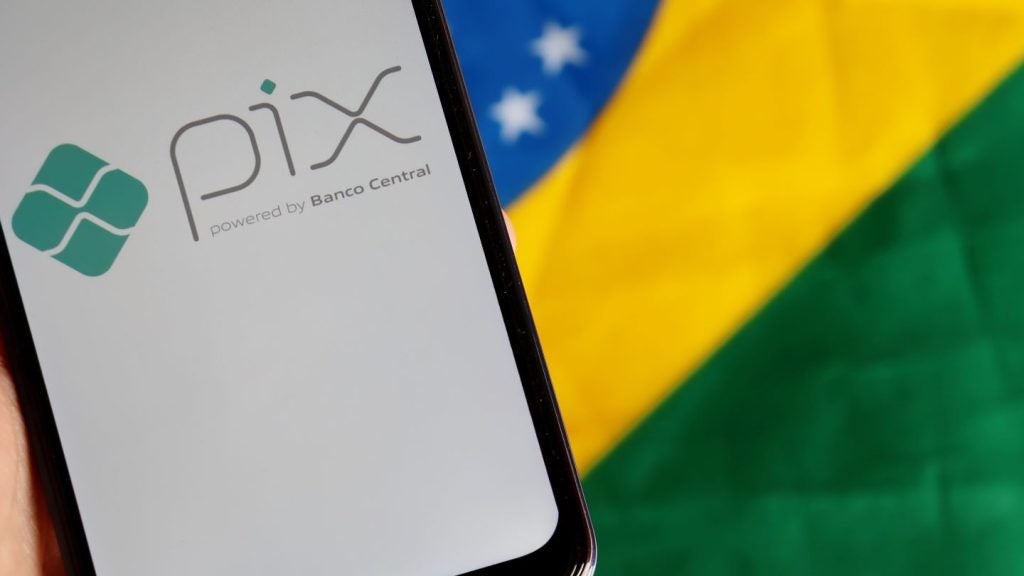The introduction of EMV Chip-enabled cards to replace the old mag-stripe standard has had an overwhelming impact on fraud in countries which have already made headway with the transition. In the UK, where EMV cards are now the standard, counterfeit fraud from cloned or skimmed cards decreased from £169.8 million in 2009 to just £42.1m in 2012, according to Financial Fraud Action UK. However, a question mark looms over the new standard with regard to its relevance in card not present (CNP) transactions. Against a backdrop of booming global e-commerce, what use is the chip if the card is not physically there at point of sale? Has EMV missed its moment?
It will come as no surprise that criminals – thwarted on one front – will move to seek the path of least resistance, and we have indeed seen an uptick in CNP fraud in EMV-mature regions. However, far from being ‘outdated’, EMV has brought about a radical overhaul of existing payment infrastructure, providing the central framework for CNP authentication techniques. The Card Authentication Program – used primarily in the UK and Nordic regions for internet banking – shows this theory in action. This method relies on hardware-based solutions, using small calculator-like devices to produce authentication code based on the presence of a card and knowledge of the PIN.
Despite protestations that this will be unpopular with online merchants, introducing another layer between the consumer and an impulse buy, it is not so hard to envisage in a future where this technology is rolled out across all payment cards and CNP scenarios. Ultimately, it will come down to the retailer to decide when they require this additional security step to be completed (for high value or highly resalable items). Of course, this obstacle will be even less significant for e-commerce sites that store customer card details – the authentication will only need to be completed once at registration or periodically.
The extraordinary industry hype around mobile wallets is the foundation for the argument that this technology will eliminate the need for EMV. The reasoning here is that the SIM card or Secure Element fulfills the role of the EMV Chip. This is correct, though assumes a widespread use of NFC wallet technology that is much further advanced than the reality. There are not enough consumers across the globe that have an NFC-enabled or capable phone, and many fewer that have a desire to use or understand this feature. With more benefits for the industry rather than the card holder, NFC transactions are not set to replace card payments any time in the near future.
To dismiss EMV at this stage in the development of our global payment infrastructure is really a failure to join the dots to realize the potential of the standard. There can be no doubt that building the roadmap for the worldwide reduction of payment fraud across all transaction types will require a mammoth effort from all industry bodies and stakeholders. However, the starting point for this must be an honest and accurate assessment of consumer behavior and the current market. Cards are not going anywhere, and neither is EMV.
Jeremy Gumbley, CTO CreditCall
How well do you really know your competitors?
Access the most comprehensive Company Profiles on the market, powered by GlobalData. Save hours of research. Gain competitive edge.

Thank you!
Your download email will arrive shortly
Not ready to buy yet? Download a free sample
We are confident about the unique quality of our Company Profiles. However, we want you to make the most beneficial decision for your business, so we offer a free sample that you can download by submitting the below form
By GlobalData






